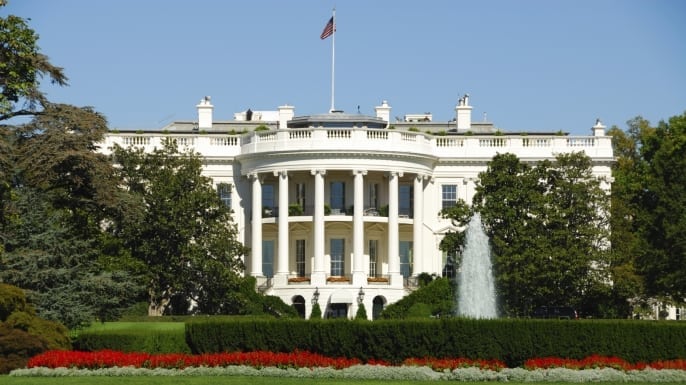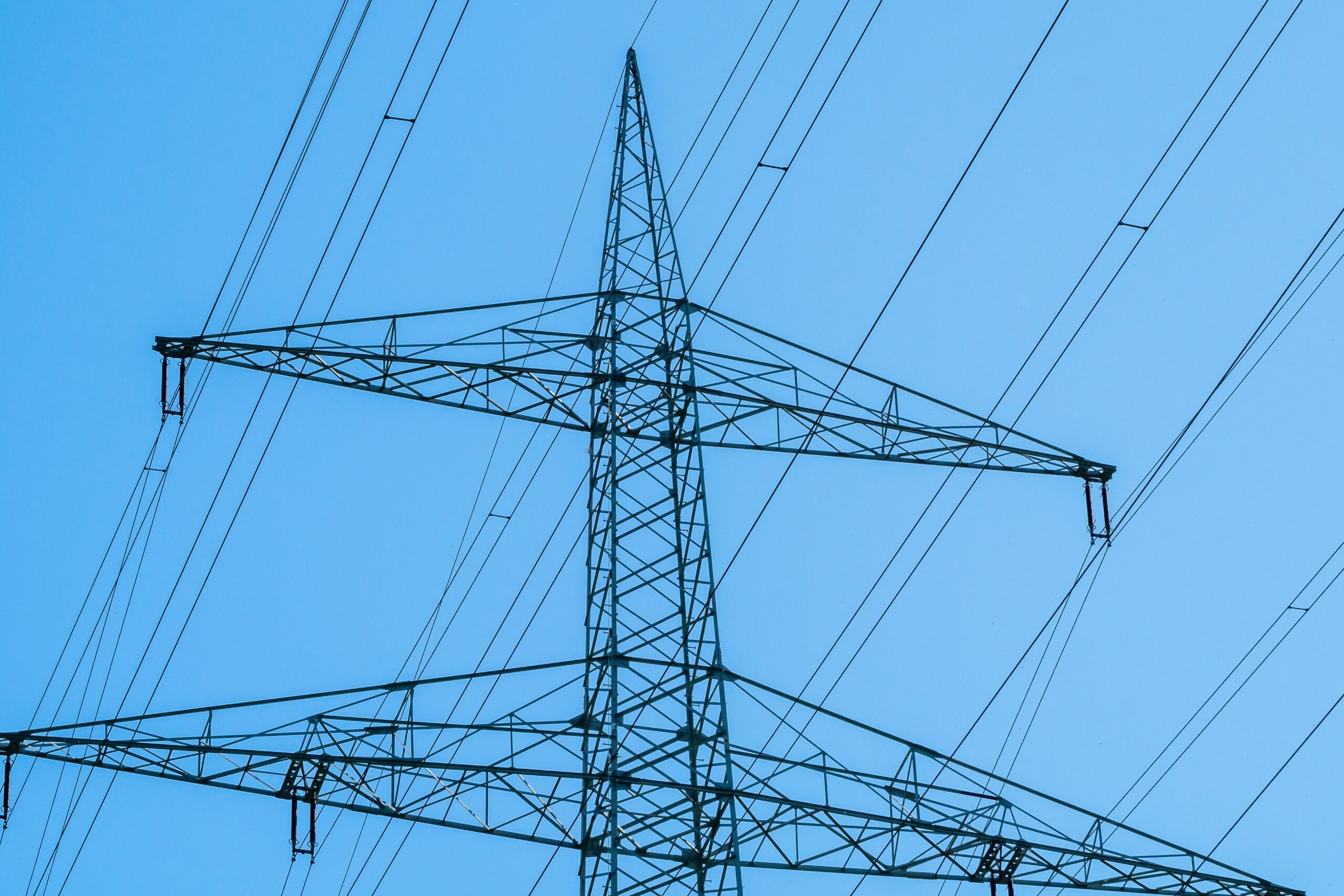The President of the United States has just announced 30% tariff on solar panels. Fortunately, solar is cheaper than fossil fuels today, and will remain cheaper even with tariffs. This decision will not deter any of our current solar projects.
 Our existing customers have had the opportunity to lock in the price of their solar system at a pre-tariff rate, so they have nothing to worry about.
Our existing customers have had the opportunity to lock in the price of their solar system at a pre-tariff rate, so they have nothing to worry about.
For those interested to see how solar can help you save money on your utility bill, add value to your home, and provide a return on investment greater than your investment portfolio, send us a request for a quote.
Section 201 Cases: Imported Large Residential Washing Machines
and Imported Solar Cells and Modules
SECTION 201 CASE: RELIEF REGARDING IMPORTED SOLAR CELLS AND MODULES
• From 2012 to 2016, the volume of solar generation capacity installed annually in the
United States more than tripled, spurred on by artificially low-priced solar cells and
modules from China.
• China’s industrial planning has included a focus on increasing Chinese capacity and
production of solar cells and modules, using state incentives, subsidies, and tariffs to
dominate the global supply chain:
o China issued the Renewable Energy Law in 2005 to promote renewable energy
including solar, followed by capacity targets in 2007. The State Council listed
renewable energy as one of seven strategic emerging industries eligible for special
incentives and loans in 2010.
o China has provided subsidies and financing to its solar companies; has encouraged
the development of geographic industrial clusters and components of the supply
chain; and has conditioned support on increasing efficiency, R&D expenditures, and
manufacturing scale.
o Following these state-directed initiatives, China’s share of global solar cell
production skyrocketed from 7 percent in 2005 to 61 percent in 2012. China now
dominates global supply chain capacity, accounting for nearly 70 percent of total
planned global capacity expansions announced in the first half of 2017. China
produces 60 percent of the world’s solar cells and 71 percent of solar modules.
• During this time, U.S. manufacturers have sought relief against unfair trade practices:
o In 2011, Commerce found that China had subsidized its producers, and that those
producers were selling their goods in the United States for less than their fair market
value, all to the detriment of U.S. manufacturers. The United States imposed
antidumping and countervailing duties in 2012, but Chinese producers evaded the
duties through loopholes and relocating production to Taiwan.
o In 2013, domestic producers filed new petitions to address these loopholes and the
shift in sourcing. Chinese producers responded by moving production abroad,
primarily to Malaysia, as well as Singapore, Germany, and Korea.
• From 2012 to 2016, imports grew by approximately 500 percent, and prices dropped
precipitously. Prices for solar cells and modules fell by 60 percent, to a point where most
U.S. producers ceased domestic production, moved their facilities to other countries, or
declared bankruptcy.
• By 2017, the U.S. solar industry had almost disappeared, with 25 companies closing
since 2012. Only two producers of both solar cells and modules, and eight firms that
produced modules using imported cells, remained viable. In 2017, one of the two
remaining U.S. producers of solar cells and modules declared bankruptcy and ceased
production.
• On May 17, 2017, based on a petition from Suniva and later joined by SolarWorld, the
ITC instituted an investigation under Section 201 of the Trade Act of 1974 to determine
whether increased imports were a substantial cause of serious injury to the domestic
industry.
SECTION 201 DETERMINATIONS FOR SOLAR CELLS AND MODULES
• The ITC determined that increased solar cell and module imports are a substantial
cause of serious injury to the domestic industry. Although the Commissioners could
not agree on a single remedy to recommend, most of them favored an increase in
duties with a carve-out for a specified quantity of imported cells.
• Following the investigation and recommendations of the ITC, an interagency team led
by USTR sought via Federal Register Notices on October 25, 2017 and November 14,
2017 the views of all participants in the solar industry and conducted a public hearing
on December 6, 2017.
• After consultation with the interagency Trade Policy Staff Committee (TPSC), USTR
recommended and the President chose to take action by applying the following
additional duties:
Safeguard Tariffs on Imported Solar Cells and Modules
Year 1: 30%
Year 2: 25%
Year 3: 20%
Year 4: 15%
* First 2.5 gigawatt of imported cells are excluded from the additional tariff.
BACKGROUND ON SECTION 201 INVESTIGATIONS
• Section 201 of the Trade Act of 1974 authorizes the President to take action, in the
form of tariffs, tariff rate quotas, quantitative restrictions or other actions, in response
to an ITC determination that increased imports are a substantial cause of serious
injury to domestic producers.
• The statute instructs the ITC to conduct an investigation to determine whether
increased imports are a substantial cause of serious injury to the domestic producers
of the merchandise. Factors supporting a finding of serious injury include idle or
shuttered production facilities, layoffs and other termination of employment, and a
decrease in the financial performance of domestic producers.
• If a majority of the ITC Commissioners reach an affirmative determination of serious
injury, the statute calls upon the Commissioners voting in the affirmative to make a
recommendation as to what action the President should take.
• The statute directs the President to decide what action to take in response to the ITC’s
determination and in light of any recommendations.
• The statute requires that any action taken must facilitate a positive adjustment to
import competition and provide greater economic and social benefits than costs.
source: https://ustr.gov/sites/default/files/files/Press/fs/201%20Cases%20Fact%20Sheet.pdf




